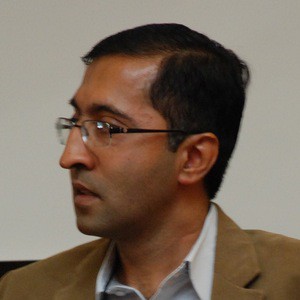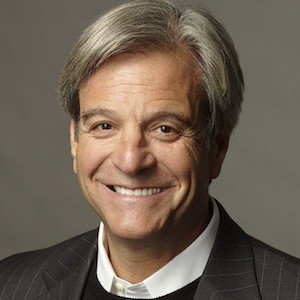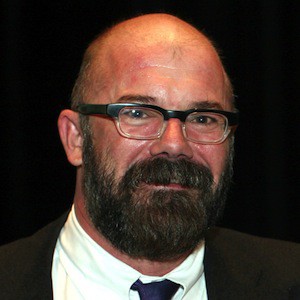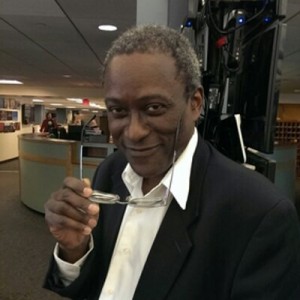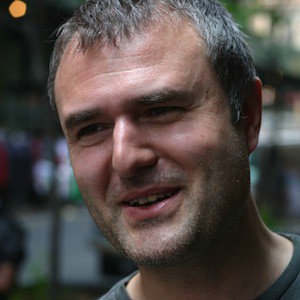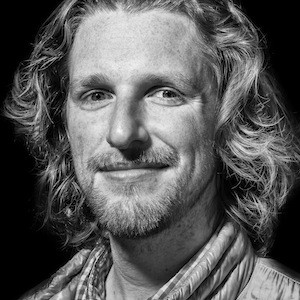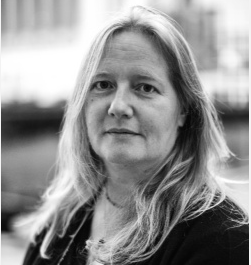There was a lot of tension. Jim had organized the newsroom somewhat like the paper. You had your politics vertical and a bunch of verticals. People were getting excited at the newspaper about opportunities. This was when the whole Politico thing came up and it was just a light bulb to me. Harris and VandeHei wanted to run a political site and evidently gotten an offer from Allbritton to do so. They had come to Don and said, these are the major struts of the story. I may not have the specifics correct. Don said, “Well, you could do this at Digital Ink and WPNI at the time.”
They came over and then it became this big discussion about who would run it because Digital Ink had its own politics blog. Then there were these people from the Post. It was absurd because it became fairly clear that we were actually competing with the newspaper. They hired a blogger at one point and that was just a big, huge issue.
If you look at the economics of it, you’re thinking, “Now so wait a second. I’m here at WPNI and we’re hiring all these politics bloggers and whatever and then the newspaper has all their people. They’re doing one kind of reporting and we’re doing another kind of reporting. Technology demands that this is all about storytelling, so how do you tell the story in the best way? If you’re going to hire a journalist today, you’re going to want them to have the skill set to do all of that and to allow them to choose to tell the story in the best way.”
We had these constructs that were actually impeding, in my view, the best journalism. It was also incredibly tense and from my standpoint, very unpleasant because it was just untenable to try to bridge these gaps.
INTERVIEW TRANSCRIPT
An important note: These transcripts of our interviews have only been lightly edited — there may be typos, incorrect names, and the like.
See something that needs fixing? Let us know.
Explore other interviews
